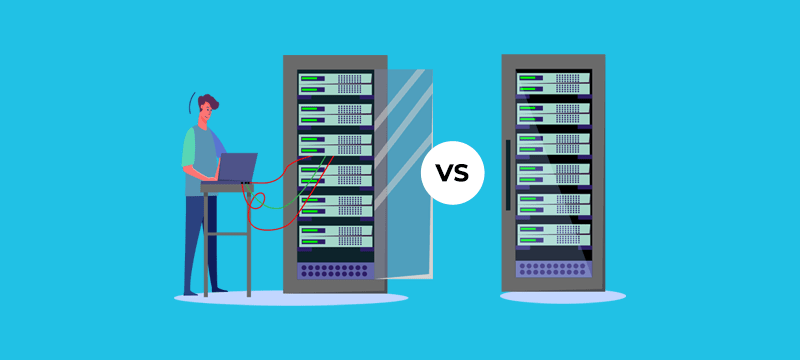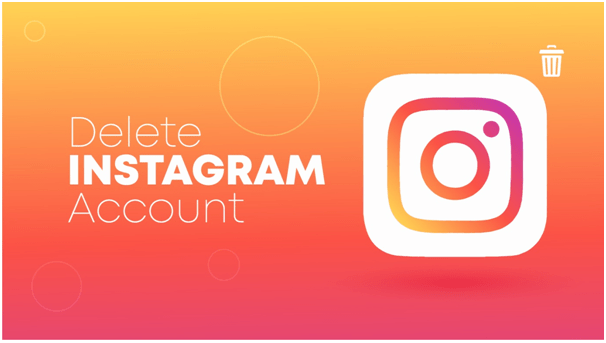In today’s digital age, health and fitness apps have gained immense popularity as people increasingly turn to technology to help them achieve their fitness goals. Whether it’s tracking daily activities, monitoring nutrition, or finding workout routines, these apps provide users with a convenient and accessible way to improve their health. However, not all health and fitness apps are created equal. To ensure a comprehensive user experience, it’s crucial for these apps to have the right features. In this article, we will explore the 10 must-have features that every health and fitness app should possess.
1. User-Friendly Interface
The first and foremost requirement for any health and fitness app is a user-friendly interface. A clean and intuitive design not only enhances the app’s visual appeal but also plays a significant role in user engagement. When users find it easy to navigate through the app and access the desired features effortlessly, they are more likely to stay engaged and continue using the app in the long run. Therefore, a user-friendly interface is essential to create a seamless and enjoyable user experience.
2. Personalized Profiles and Goal Tracking
Allowing users to create personalized profiles is a crucial feature of a health and fitness app. By providing users with the ability to input their personal information such as age, weight, and fitness goals, the app can tailor its recommendations and tracking features to individual needs. Additionally, incorporating goal tracking functionality enables users to monitor their progress over time, helping them stay motivated and focused on achieving their desired fitness outcomes.
3. Activity and Workout Tracking
Tracking daily activities and workouts is a fundamental feature that sets health and fitness apps apart. These apps should offer users the ability to log their physical activities, such as walking, running, cycling, and more. By doing so, users can track their progress, set targets, and analyze their performance. Furthermore, integrating the app with wearable devices, such as smartwatches or fitness trackers, allows for accurate data collection, providing users with real-time insights into their physical activity levels.
4. Nutrition and Calorie Tracking
To create a holistic health and fitness experience, it’s essential for apps to include nutrition and calorie tracking features. These features enable users to log their daily food intake and monitor their calorie consumption. By providing a comprehensive overview of their diet, including macronutrients and micronutrients, users can make informed decisions about their nutrition and maintain a balanced and healthy eating pattern.
5. Social Integration and Community Support
Incorporating social integration capabilities into health and fitness apps can greatly enhance the user experience. These features allow users to connect with friends, share achievements, and participate in challenges. Additionally, integrating with fitness communities and online forums creates a sense of community support and accountability, as users can engage with like-minded individuals who share similar fitness goals. Social integration fosters motivation and encourages users to stay committed to their health and fitness journey.
6. Exercise Library and Workouts
An extensive exercise library and pre-designed workout routines are invaluable features for health and fitness apps. These libraries should include a wide range of exercises suitable for different fitness levels and preferences. Providing users with instructional videos, proper form guidelines, and the ability to customize and create their own workout routines adds flexibility and variety to their fitness regimen. A diverse collection of exercises and workouts ensures that users can find the activities that best suit their needs and goals.
7. Push Notifications and Reminders
To help users stay on track with their health and fitness goals, health and fitness apps should incorporate push notifications and reminders. These notifications can serve as gentle reminders for users to complete their workouts, log their meals, or drink water regularly. Customizable notifications based on individual preferences empower users to set reminders according to their schedules, ensuring they never miss a workout or lose sight of their health commitments.
8. Integration with Health Wearables
Integrating health and fitness apps with popular health wearables, such as smartwatches or fitness trackers, provides users with a seamless experience and enhances data accuracy. By syncing with wearable devices, apps can collect and analyze data related to heart rate, steps taken, sleep patterns, and more. This integration enables the app to provide personalized insights and recommendations based on the user’s real-time health data, further enhancing the user experience.
9. In-App Challenges and Gamification
To make the fitness journey more engaging and enjoyable, incorporating in-app challenges and gamification elements is highly beneficial. These features can include achievements, badges, leaderboards, and virtual rewards that users can earn by reaching specific milestones or completing challenges. By adding a competitive and interactive element, health and fitness apps can motivate users to stay consistent and actively participate in their fitness routines.
10. Data Privacy and Security
Last but certainly not least, health and fitness apps must prioritize data privacy and security. Users often entrust these apps with sensitive personal information, including health data and exercise routines. Therefore, it is imperative that apps implement robust security measures to protect user information from unauthorized access or data breaches. Clear and transparent privacy policies reassure users of the app’s commitment to data security, fostering trust and confidence in using the app.
Conclusion
In conclusion, the features discussed above are the 10 must-have elements for any health and fitness app. From a user-friendly interface to personalized profiles, goal tracking, activity and workout tracking, nutrition and calorie tracking, social integration, exercise libraries, push notifications, integration with health wearables, in-app challenges, and data privacy and security, these features collectively create a comprehensive and user-centric experience. By incorporating these features into their apps, developers can ensure their health and fitness applications stand out in the competitive market while empowering users to achieve their fitness goals and live a healthier lifestyle.


